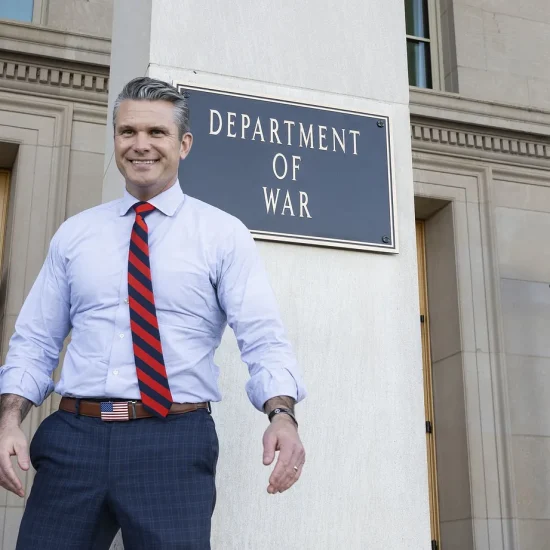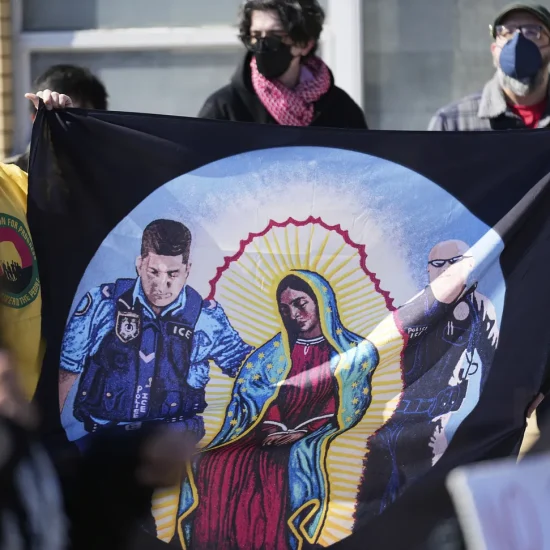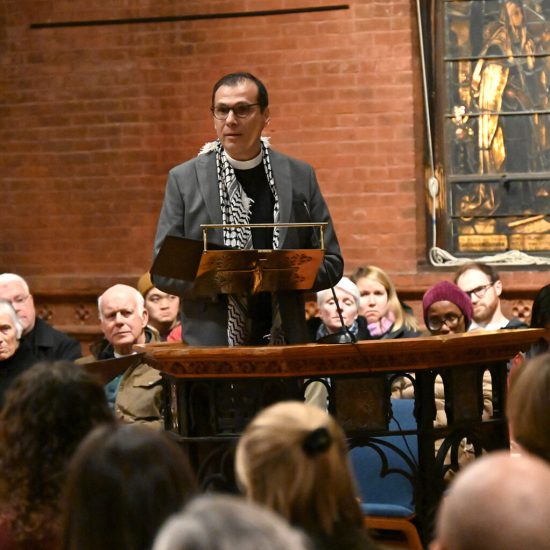
Vicki Brown
|
“Come on, everybody. Let’s line up!” I was doing my best to corral fidgety, whispering children, anxious whether dad or grandma had shown up for the Christmas pageant. Each wanted to perform at his or her best.
The small church that my husband served as pastor ministered to children through an after-school program. The ministry had gained a strong reputation among the local elementary schools and attracted children from different backgrounds. Many students and their families had little or no religious understanding.
My task was to cue each child when it was his or her turn to walk down the center aisle and take the appropriate spot in the traditional tableau — the shepherds and the angels, Mary and Joseph, the innkeeper and the wise men.
Nine-year-old Tony, one of that year’s wise men, had removed his golden cardstock “crown.”
“Tony, put your crown back on. Is it too loose? Do you need some help?” I whispered. Shaking his head, he reluctantly replaced the symbol of his role.
After cueing the next little actor, I realized Tony had taken the crown off again. I asked if a staple was poking out and making the headpiece uncomfortable. “No,” he replied. Though he didn’t offer an explanation, he looked concerned as he again placed the crown on his head.
Then as he stepped up to await his cue, he removed it a third time. “Tony, you really need to put the crown on. It’s part of your costume,” I told him.
“But, Ms. Vicki, I can’t. That’s Jesus up there. I can’t wear a hat to meet Jesus,” he pleaded.
“Okay, just carry it. Go on, it’s your turn.” Tony had learned and understood! He held his head high, eyes gleaming, his “gift” for Baby Jesus in one hand and his “crown” in the other.
Not many folks crowding the sanctuary noticed until each wise man presented his gift. I heard a gasp from onlookers as Tony bowed, kneeled, and placed both the gift and the crown on stage in front of the “mother and child.”
My husband and I share that incident whenever we have the opportunity — and still choke up at the telling.
When we shared the story at a recent Bible study, a participant sort of chided, “You acted just like the church usually does. You were more concerned about him doing it right.”
Though the argument has persisted for several years, the call to eliminate the wise men from children’s Christmas pageants seems particularly insistent this season. A few people have even made the issue a personal crusade.
“The way it’s done implies the wise men followed the shepherds and that everything happened the same night,” I’ve heard some people argue. “The wise men didn’t come until much later. We aren’t telling the true story.”
That pageant took place a few years ago, and, truthfully, I don’t remember my motivation. I probably did want the children to “do it right,” to perform well for their parents and grandparents. But more than that, all of us prayed that God would use it as a springboard to open conversations with moms and dads, brothers and sisters, grandparents or aunts who didn’t know the Savior.
Whether the pageant is historically accurate wasn’t the issue, either. Tony began to understand who Jesus is — not at that moment at the end of a church aisle, clutching a make-believe gift and a makeshift crown — but because believers had “lived the story” for months before that presentation.
Let’s “live” the story all year.
Vicki Brown is associate editor of Word&Way.






